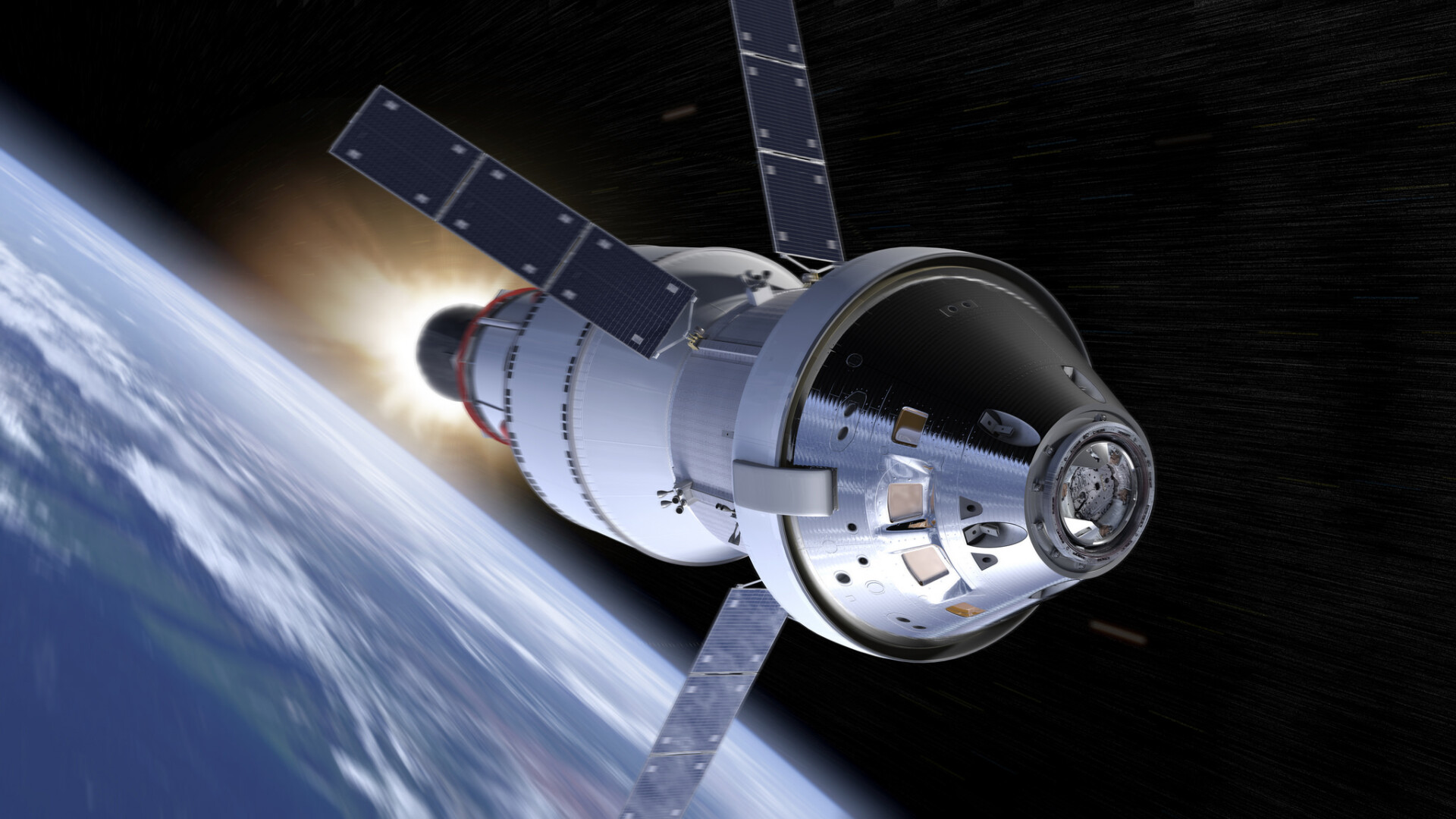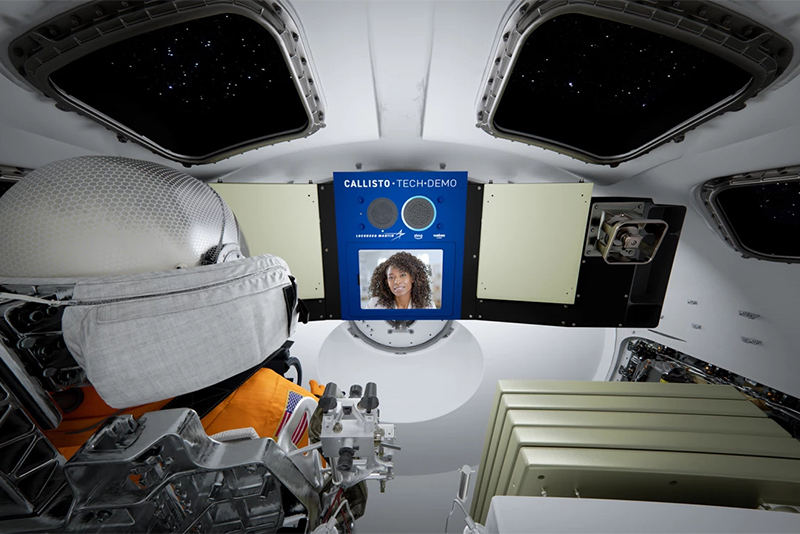NASA has announced that it is collaborating with Amazon and Lockheed Martin to integrate the Alexa digital assistant into the Orion spacecraft as part of the Artemis I mission launching later this spring. At the same time, they are also working together with Cisco which will provide its Webex video calling platform for the Callisto technology payload to test whether Alexa can respond to transmitted audio.
To be installed into Orion’s centre console, Callisto will feature a tablet that uses Webex to transmit video and audio from the Mission Control Centre while it also will give Alexa control over the in-cabin lighting. The voice control assistant will also be able to access real-time telemetry data, which Amazon says will be used to improve its service back here on Earth.

To counter the issue of limited connectivity in space, Amazon has built a custom version of Alexa for the mission that runs on a local database, as well as NASA’s Deep Space Network in order to be able to answer thousands of questions related to the mission. Its acoustics have also been fine-tuned to take into account engine noise and reverberations.
NASA said that it wants astronauts to be able to quickly access important data through voice commands in future missions. It could eventually also help spacemen to be more independent from Earth, such as using Alexa to talk them through a procedure.

Artemis I is a planned unmanned test flight that is part of the Artemis program, which aims to bring humans back to the moon and eventually, launch manned missions to Mars and beyond. The test flight will see Orion go on a 25.5-day round-trip to the moon, with plans to fly a crew to the lunar surface in 2025 with Artemis III.
(Source: NASA, Amazon, Webex, Lockheed Martin.)
Follow us on Instagram, Facebook, Twitter or Telegram for more updates and breaking news.



